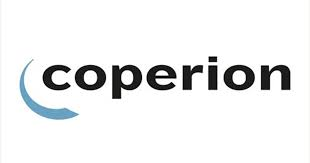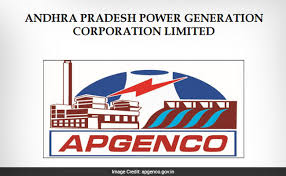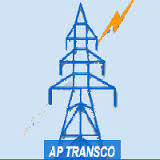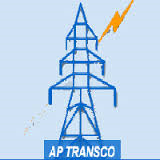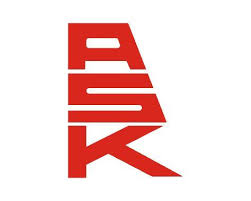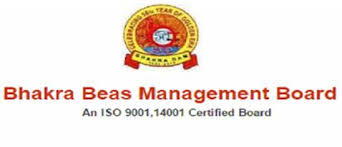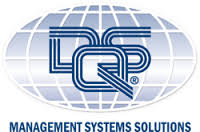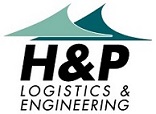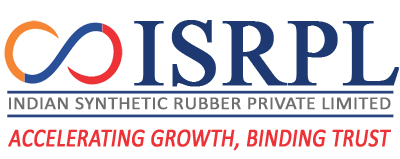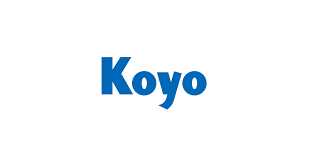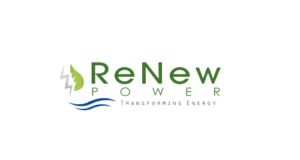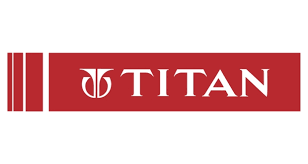Risk assessment of a thermal power plant conducted by us
1. Background:
The thermal power plant under consideration is a coal-fired power plant located in a coastal region of Andhra Pradesh. It has a capacity of 2000 megawatts (MW) and is a critical part of the regional electricity grid, supplying power to residential, commercial, and industrial consumers.
2. Risk Identification:
- Equipment Failure: Identified risks include boiler tube leaks, turbine failures, and conveyor belt breakdowns.
- Natural Hazards: Risks related to extreme weather events such as cyclones, flooding, and storm surges are identified.
- Environmental Impact: Emissions of greenhouse gases (CO2, SO2, NOx) and particulate matter are identified as potential environmental risks.
- Regulatory and Compliance Risks: Changes in environmental regulations, emission limits, and permits are considered.
- Supply Chain Risks: Risks related to the availability and delivery of coal, spare parts, and maintenance services are identified.
- Health and Safety Risks: Risks to workers' health and safety, such as accidents, exposure to hazardous substances, and ergonomic issues, are considered.
- Financial Risks: Fluctuations in fuel prices, energy market prices, and operational costs are identified.
- Cybersecurity Risks: Risks related to cyber-attacks on control systems, data breaches, and malware infections are considered.
3. Risk Assessment:
- Likelihood and Impact Assessment: Each identified risk is assessed for its likelihood of occurrence and potential impact on the power plant's operations, safety, and financial performance.
- Quantitative Analysis: For certain risks, quantitative analysis is conducted to estimate the potential financial impacts. For example, the cost of downtime due to equipment failure or the cost of environmental fines for non-compliance.
- Scenario Analysis: Various scenarios are considered, such as different levels of coal supply disruptions, extreme weather events, and market price fluctuations, to assess their potential impacts on the power plant.
4. Risk Prioritization:
- Risks are prioritized based on their likelihood and potential impact. High-priority risks include equipment failures, extreme weather events, regulatory changes, and cybersecurity threats.
- Risks with the highest priority are further analyzed to develop appropriate risk mitigation strategies.
5. Risk Mitigation Strategies:
- Preventive Maintenance: Implement a comprehensive preventive maintenance program to detect and address equipment failures proactively.
- Emergency Preparedness: Develop emergency response plans and procedures to mitigate the impact of natural disasters and other emergencies.
- Environmental Controls: Install pollution control equipment and implement emission reduction measures to comply with environmental regulations.
- Diversification of Fuel Sources: Explore options for diversifying fuel sources (e.g., renewable energy, natural gas) to reduce reliance on coal and mitigate regulatory and market risks.
- Cybersecurity Measures: Implement cybersecurity best practices, such as network segmentation, access controls, and regular security audits, to protect control systems from cyber threats.
- Supplier Relationship Management: Strengthen relationships with key suppliers, diversify the supply chain, and establish contingency plans to mitigate supply chain risks.
6. Monitoring and Review:
- Establish a system for ongoing monitoring and review of risk management measures.
- Conduct regular audits, inspections, and performance reviews to ensure that risk mitigation strategies are effective and up-to-date.
- Update the risk assessment periodically to incorporate new risks, changes in the operating environment, and lessons learned from incidents or near misses.
7. Stakeholder Engagement:
- Engage with stakeholders, including regulators, local communities, investors, and employees, to communicate risks, solicit feedback, and build trust and transparency.
- Provide regular updates on risk management efforts and seek input from stakeholders on potential risk mitigation measures.
8. Continuous Improvement:
- Foster a culture of continuous improvement by encouraging feedback, learning from past experiences, and implementing best practices in risk management.
- Periodically review and update risk management processes and procedures to adapt to changing circumstances and emerging risks.
Conclusion:
Through a comprehensive risk assessment process and the implementation of effective risk mitigation strategies, the thermal power plant can minimize operational disruptions, ensure compliance with regulations, protect the health and safety of workers and the environment, and enhance its long-term sustainability and resilience in a dynamic operating environment.

